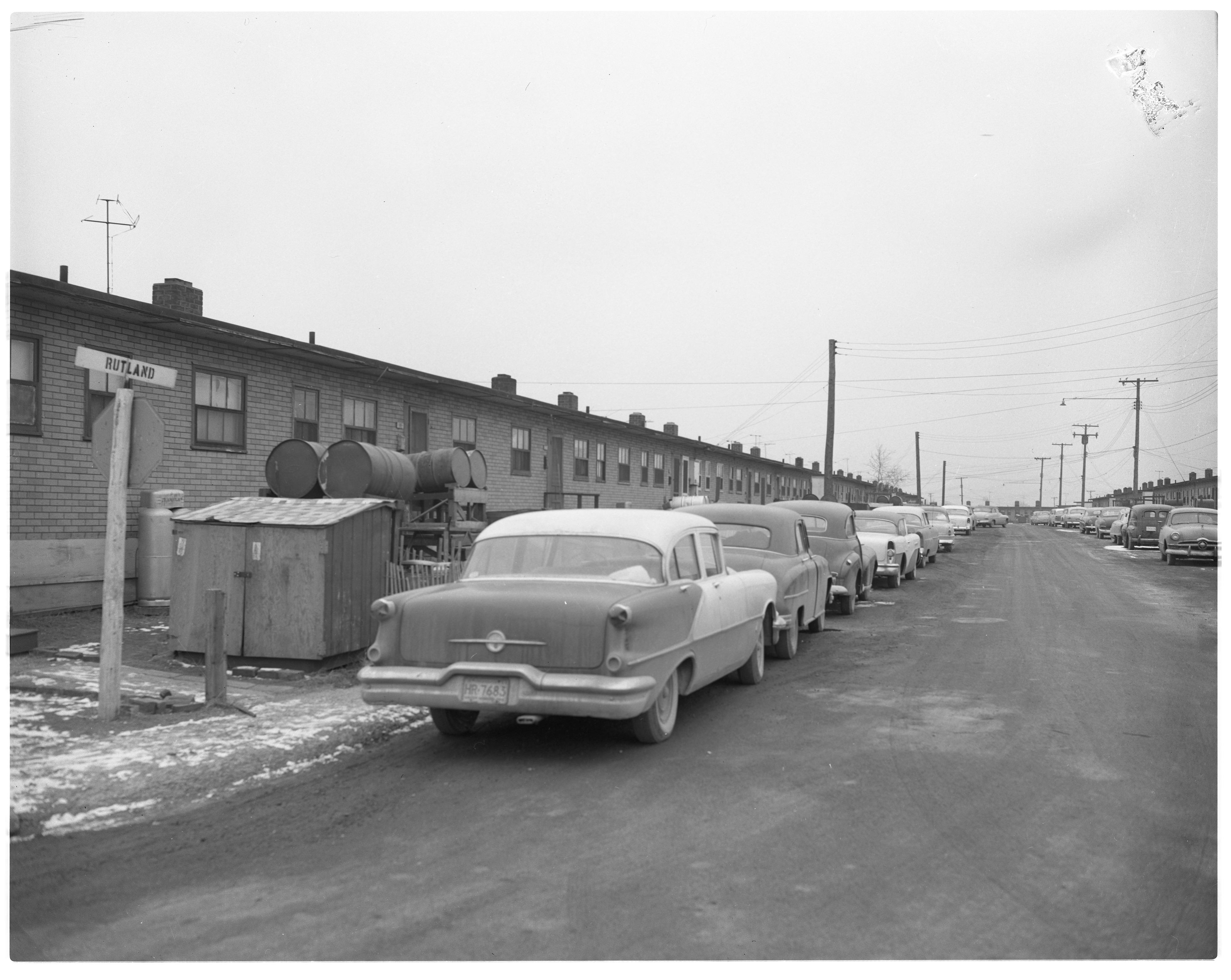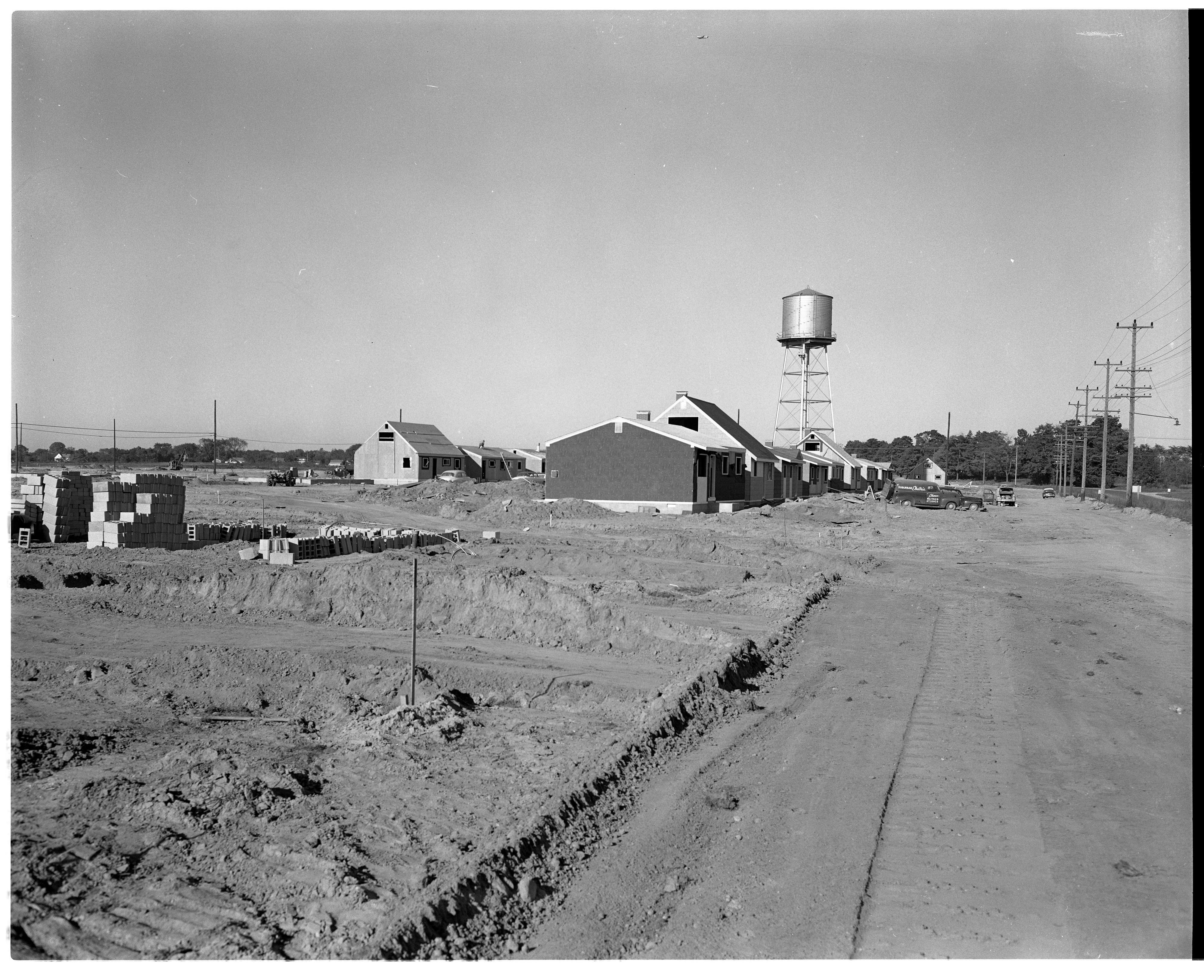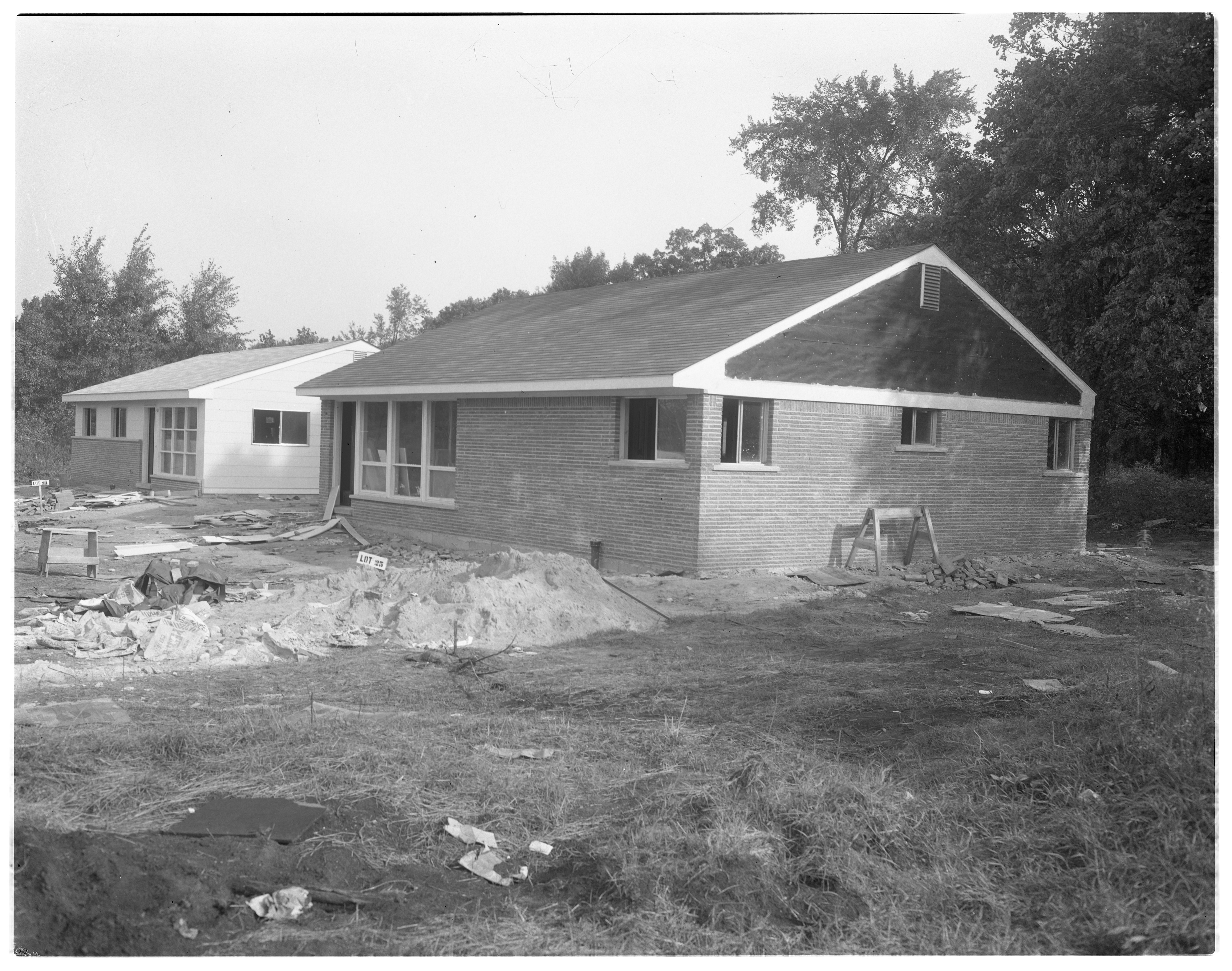Children Gather Around Fallen Tree Limb on West Summit Street, August 1950

Year:
1950
Scene of Car Accident at Summit and Miner, October 1966 Photographer: Duane Scheel

Year:
1966
Onlookers Gather at Scene of Car Accident on West Summit Street, October 1966 Photographer: Duane Scheel

Year:
1966
AACHM Oral History: Dolores and James Turner
 Dolores Preston Turner was born in Ann Arbor in the early 1940s, and her family lived in a small historically Black neighborhood on Woodlawn Avenue. She graduated from Ann Arbor High School, where she met her future husband, James Turner. She remembers moving into their first apartment in Pittsfield Village as a result of fair housing protests in Ann Arbor in the 1960s. Turner has two master’s degrees and she taught English at Huron High School for 30 years. Dolores and James celebrated their 60th wedding anniversary in September 2021.
Dolores Preston Turner was born in Ann Arbor in the early 1940s, and her family lived in a small historically Black neighborhood on Woodlawn Avenue. She graduated from Ann Arbor High School, where she met her future husband, James Turner. She remembers moving into their first apartment in Pittsfield Village as a result of fair housing protests in Ann Arbor in the 1960s. Turner has two master’s degrees and she taught English at Huron High School for 30 years. Dolores and James celebrated their 60th wedding anniversary in September 2021.
View historical materials for Dolores Preston Turner.
AACHM Oral History: Sharon Gillespie

Sharon Gillespie was born in 1945 and raised by her grandmother in Oklahoma before moving to Ann Arbor with her mother at age nine. She remembers redlining in Ann Arbor and the breakup of the historically Black neighborhood she grew up in. She helped raise two younger sisters while her mother attended ophthalmology school at the University of Michigan. Gillespie excelled in her career as a typesetter at local businesses. After retiring, she has been active in volunteering at homeless shelters and hospice programs. She was married to Raymond Gillespie for 21 years.
AACHM Living Oral History Project Walking Tour
Presented in Partnership between the African American Cultural and Historical Museum of Washtenaw County and the Ann Arbor District Library
Many Temporary Housing Units Still Remain in Willow Village, January 1967

Year:
1957
New Low-Cost Housing Development at Willow Village, October 1957

Year:
1957
Ann Arbor News, October 2, 1957
Caption:
LOW-COST VILLAGE HOMES: Eleven houses, available under Section 221 of the National Housing Act, are in advanced stages of construction on Clark Rd. in the western section of Willow Village. Other houses in the 373-lot Washtenaw Concourse Subdivisions are also under construction. The homes, intended chiefly for families displaced by the demolition of wartime housing in Willow Village, are being sold for less than $10,000 on 40-year mortgages. More than 80 families have already made deposits on the low-cost homes being built by the Willow Woods Development Co. as part of the redevelopment of the wartime "Bomber City." The first 50 "221" houses are expected to be completed before Jan. 1.
Model Homes for Willow Village Redevelopment, August 1956

Year:
1956
Ann Arbor News, August 29, 1956
Caption:
VILLAGE MODELS READIED: These two model homes, the first visible step in a planned $150,000,000 redevelopment of Willow Village with private housing, are now nearing completion on Blossom St., just east and north of occupied portions of the Village. These houses, to cost in the area of $11,000 for the frame (left) and $12,000 for the brick, are the first of 61 planned in the lower-priced Washtenaw Orchards Subdivision No. 1. Construction of homes there and elsewhere will begin after the sales models have been completed and opened, spokesmen for the Willow Woods Development Co. of Detroit said. Private redevelopment of the wartime "Bomber City" began after Ypsilanti township purchased the village in November, 1954. No completion date has been set, although the existing Village structures are scheduled, by law, to be razed by July 1, 1958.
Demolition of Willow Village Temporary Housing Units, January 1967

Year:
1957
Ann Arbor News, January 9, 1957
Caption:
'BOMBER CITY' FADES: Razing of temporary housing units which make up Willow Village, the "Bomber City" of World War II, is continuing with 72 buildings containing more than 400 apartments already leveled. Only two-thirds of the 3,068 apartment units which provided wartime emergency housing remain occupied and standing. The entire temporary development must be eliminated by July 1, 1958, according to state law. Meanwhile, plans continue for building some 5,000 privately owned homes on the Village property.